| Common Cuckoo | |
|
Everyone has heard the familiar sound of a Common Cuckoo calling, it's probably the easiest to recognize of all of our British birds. It is one of the signs that summer has arrived each year. But Cuckoo are not quite as easy to spot, but with a bit of patience, then can reasonably easily be seen as well as heard. But photographing them is much harder. Well it was until Alan McFayden of Scottish Photography Hides managed to put everything in place to enable photographers to take pictures of this species. Since then a large number of photographers have been lucky enough to get some great images of this tricky to photograph species. As Cuckoo has been in my top ten list of British species to photograph for a long time, I obviously felt the need to pay Alan a visit. As you will see from the images below I am very pleased that I did. |
|
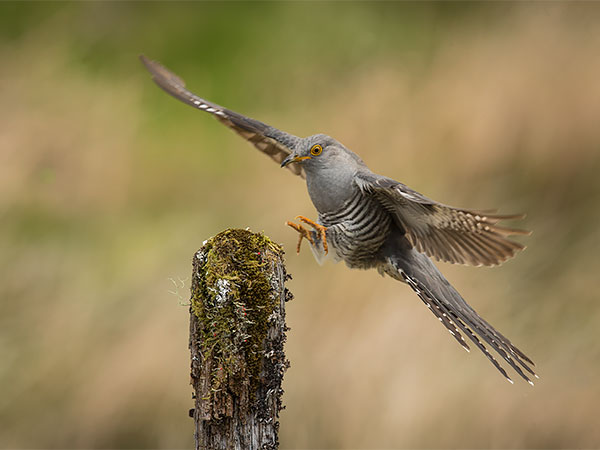 |
|
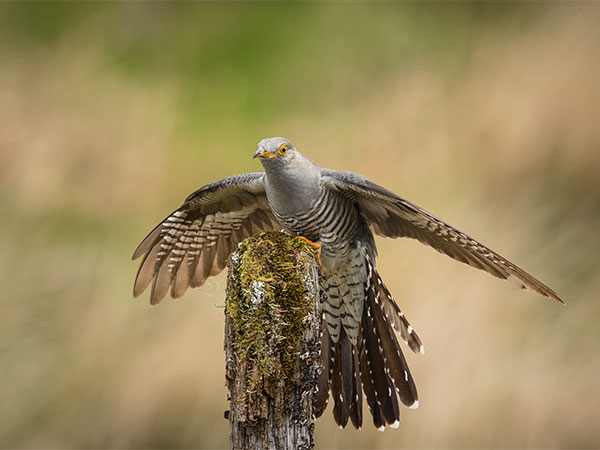 |
|
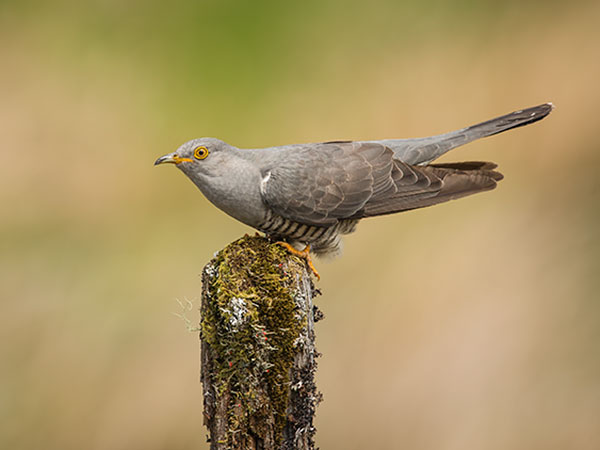 |
|
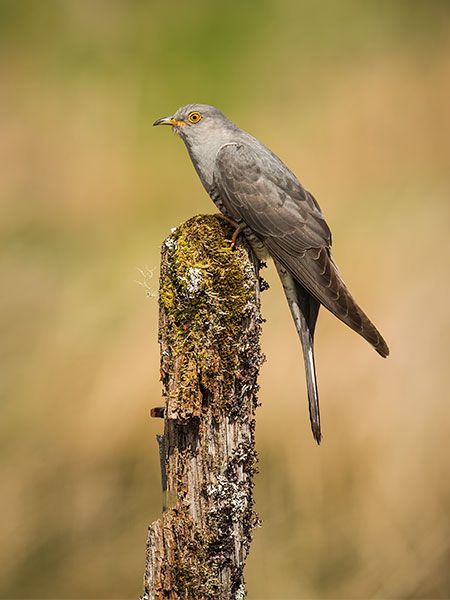 |
|
|
The Common Cuckoo is a summer migrant into Britain which usually arrives in mid April and then leaves again in June or July, so the photography window is quite small. they are found across a wide range of habitat from farmland to moorland. The British breeding population is thought to be 150,000 pairs which only a small number of the global population which is well over 6 million pairs with a very wide range which stretches as far east as Japan. Indeed about 33% of the global Cuckcoo population migrates to Europe, the rest migrate further east. In Britain (and several other countries) they are in decline due to habitat loss and disturbance, indeed they are a red listed bird in Britain due to the decline in numbers. The winter range is from central Africa below the Sahara down to the Southern area of South Africa. The Cuckoo is probably the most well known bird for laying its eggs into another birds nest so that the other bird can feed and look after the young Cuckoo. This is called "Brood Parasite" of which there are about 50 known species to do this. The female Cuckoo visits several nests in the area laying a single egg in each, they usually lay eggs in about 8 - 10 other nests, but this can sometimes be much more. Favored species of nests for this brood parasite include Meadow Pipit, Dunock, and Reed Warbler. |
|
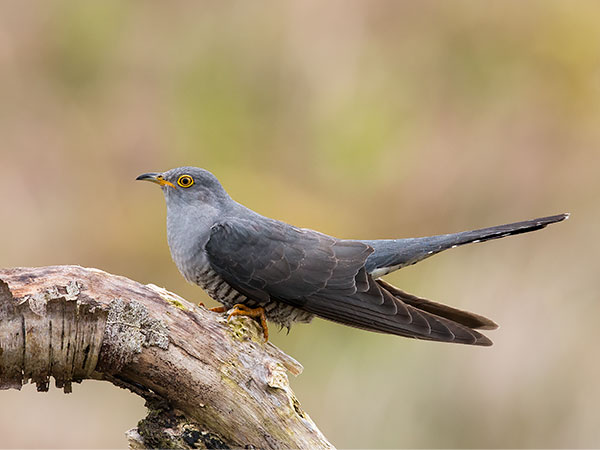 |
|
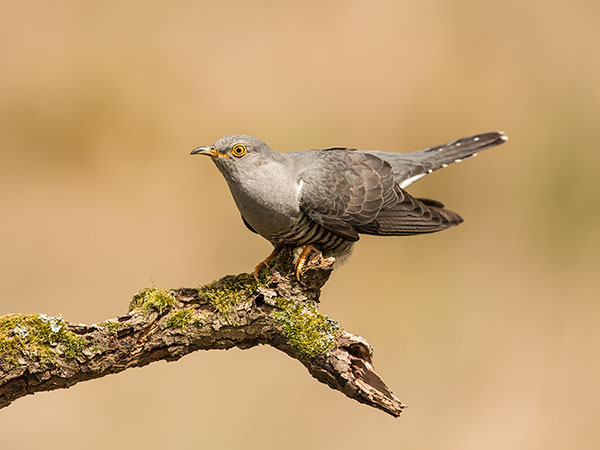 |
|
